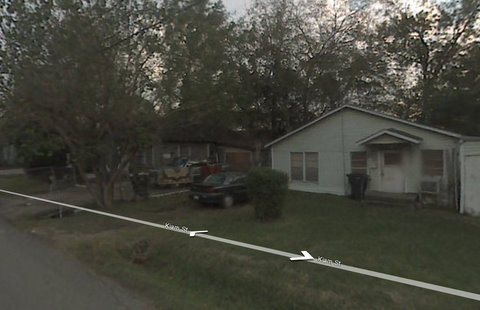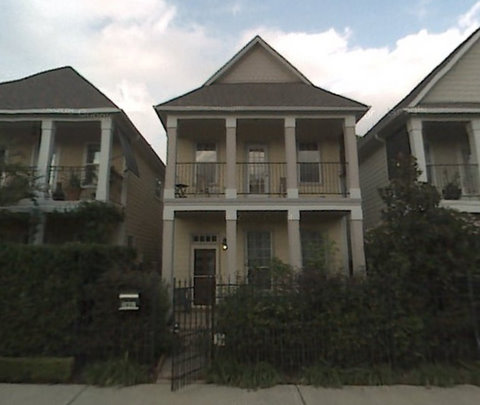John Petro
Is Houston Becoming the New Brooklyn?
While New York City may have had the highest population increase of all American cities last year, the Sunbelt cities are the ones growing the fastest. New York City added 53,000 people to its population last year, but grew at a rate of less than one percent.
The sprawling cities of Texas, on the other hand, are growing very quickly. Out of the 25 largest cities in the U.S., five of the ten fastest growing cities are in Texas.
This doesn't mean that Texan cities are more successful than New York, as some pundits would have you believe. The high rate of growth just reflects the fact that New York is pretty much completely developed, whereas a city like Houston has a lot of cheap, undeveloped land to accommodate new growth.
But even Houston is finding that there is a practical limit to sprawl; commutes become prohibitively long, resources become overstretched, and the benefits of agglomeration diminish. In order to accommodate new growth, Houston is going to have to change the way it develops. Instead of New York becoming more like Houston, as some have suggested, perhaps it is more likely that Houston will begin looking more like New York.
Or maybe Brooklyn. They're about the same size; Houston has 2.2 million people and Brooklyn has 2.4 million. But Brooklyn is much denser than Houston, with Brooklyn fitting more people into about one-tenth the amount of land.
The question is: as Houston continues to grow, what form will the new development take? Will we see more single-family homes, or will we see higher-density, mixed use developments?
A transformation is taking place in Houston's inner neighborhoods. Traditionally filled with low-slung bungalows, neighborhoods like Cottage Grove are being rebuilt with Brooklyn-scale town homes.
In the first photo from Google Street View, we see the types of homes that have traditionally made up the neighborhood.

But in the second photo, just across the street, new construction is drastically increasing the density of the neighborhood.

New developments are causing Houstonians to rethink their development code. Houston is famous for being the only large city without a zoning code. In reality, though, Houston regulates land use through deed restrictions, minimum lot sizes, and parking requirements.
At the same time, Houston is rapidly expanding its light rail system, from one existing 7.5 mile rail line into a 30 mile system. In order to reap the greatest benefits from the investment, Houston is developing an ordinance for the new transit corridors. The ordinance seeks to "create a high quality urban environment in areas along METRO's light rail corridors."
Though well intentioned, local bloggers worry that the new ordinance would actually create more barriers for high-density, mixed-use projects.
If the city adopts the standards as they are written, it will have exactly the opposite of the intended effect. It will be just as easy as it has always been to build suburban, auto-oriented trash near a train station, and it will be HARDER to build an urban building.The city is taking areas where you could ALREADY build right up to the street and telling you that now you CANNOT do that unless you comply with these additional "Voluntary" design parameters.
It seems that Houston is taking steps in the right direction, but needs to overcome decades of land-use laws that have encouraged the development of single-family, automobile-dependent neighborhoods.
John Petro: Author Bio | Other Posts
Posted at 3:58 PM, Aug 31, 2009 in
Urban Affairs
Permalink | Email to Friend










